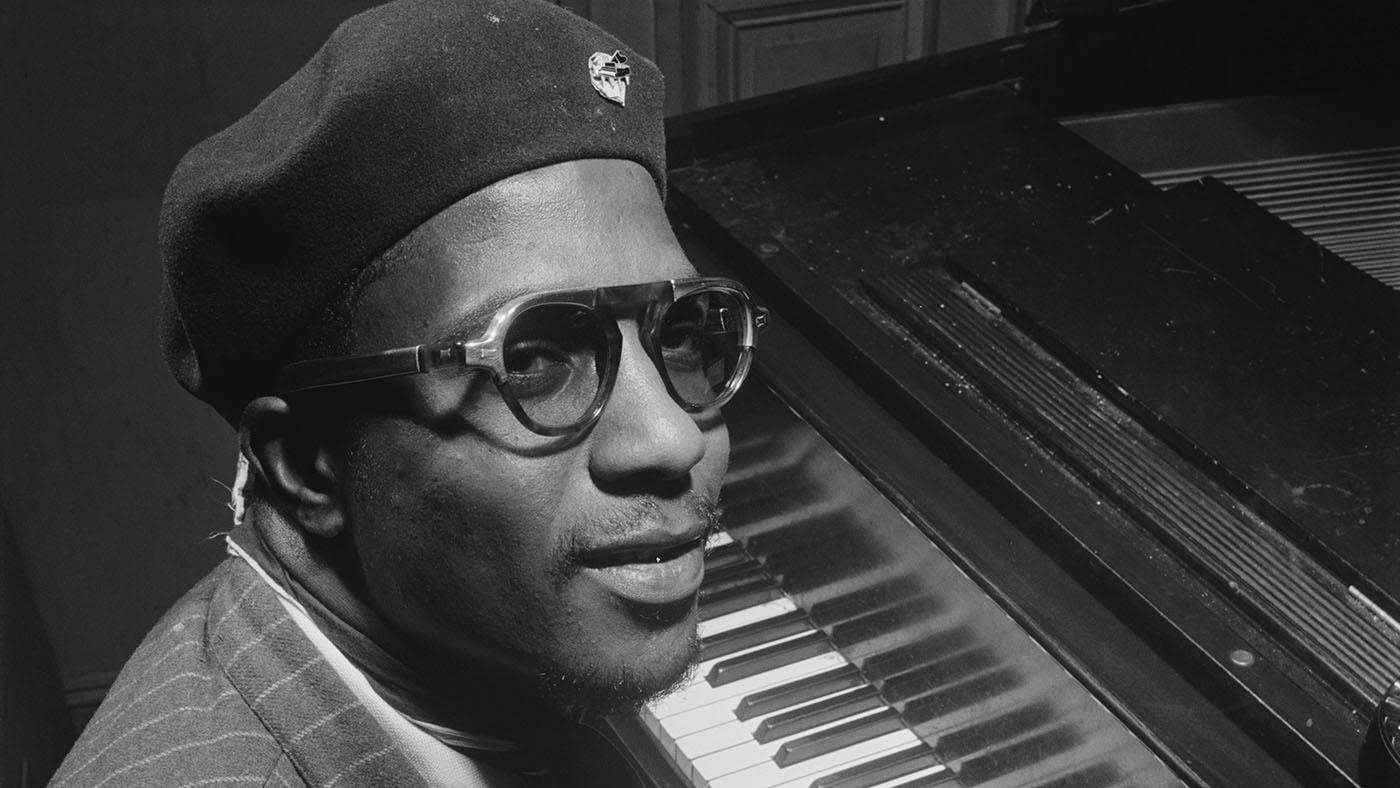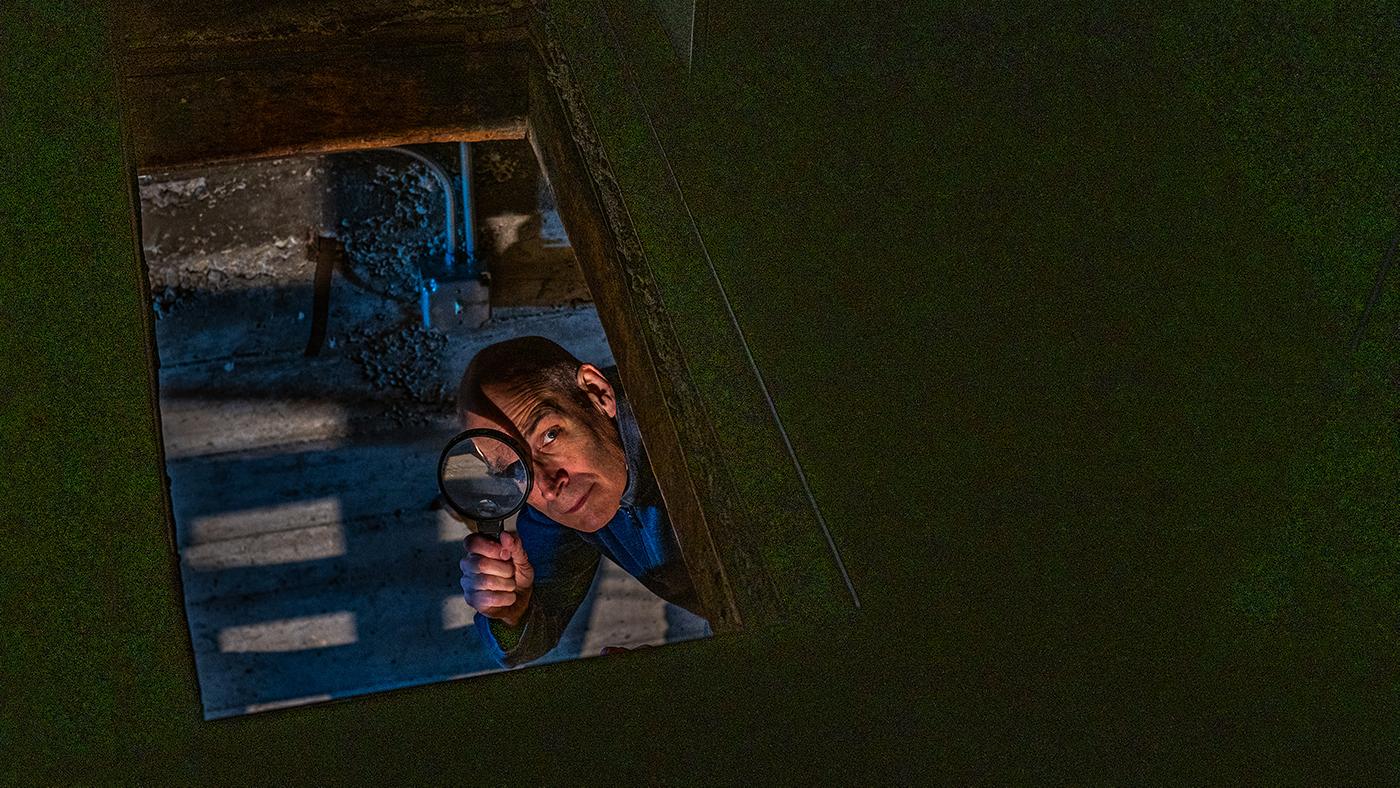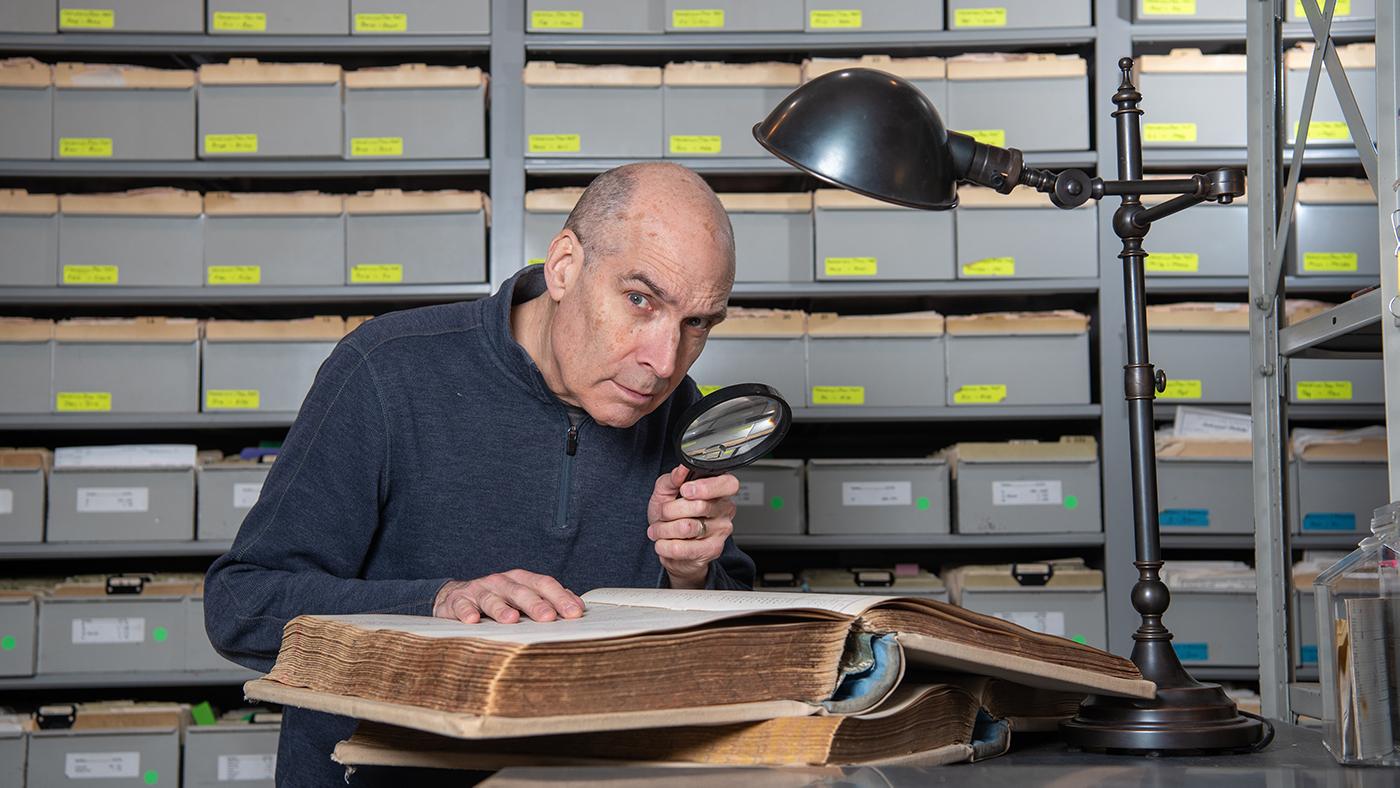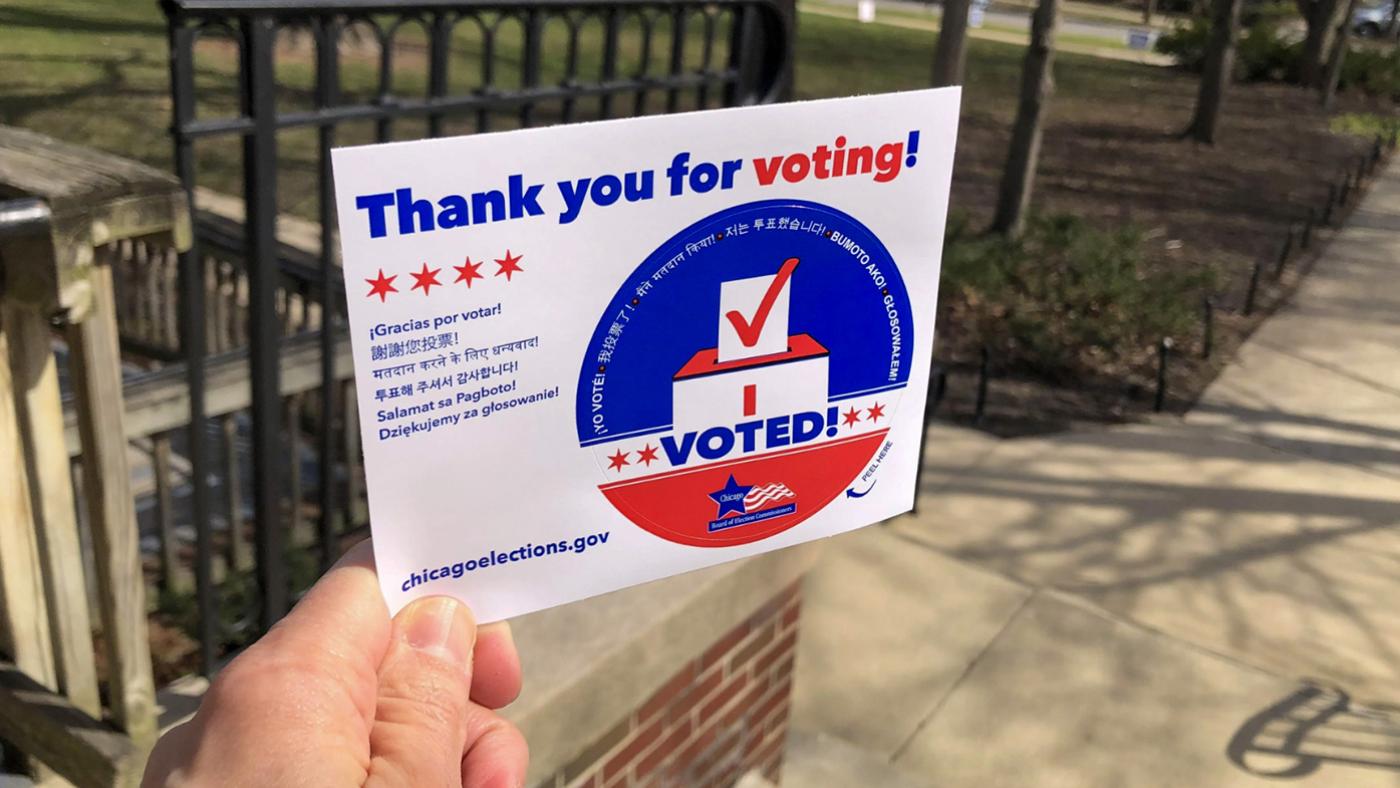Thelonious Monk at 100
Daniel Hautzinger
October 10, 2017

100 years ago today, a jazz iconoclast was born. Thelonious Sphere Monk was an idiosyncratic pianist, an essential composer of tunes, a devoted family man, an eccentric improviser, a mentor, a man known for odd hats, an innovator. “He was fearless,” says Dee Alexander, a vocalist and host on our sister station WFMT’s Jazz Network, who is saluting Monk today at the University of Chicago’s Logan Center Café with her pianist Miguel de la Cerna. “You have to be uninhibited and not worry about what other people think, just be your own person and say ‘This is who I am.’ That’s who he was. I love that about Monk.”
Monk is remembered for his quirks – dancing during his own sets, wearing sunglasses indoors – and those refusals to conform to accepted behavior are indicative of his music. He was trained in stride by a virtually forgotten pianist named Alberta Simmons (he also gained early musical experience playing evangelical music under the influence of his devout mother) but combined that early, rhythmic style with the more avant-garde bebop of his day, generating an unusual and unique synthesis.
“He was into bringing down the rhythm just slowly so that the music could breathe,” Alexander says. “The notes could breathe.” This is unlike many of the other hard-hitting musicians of his era like Dizzy Gillespie – a compatriot influenced by Monk – who played as fast as possible. “Monk had technique, but he wasn’t about speed or virtuosity. He was a virtuoso too, but in his own way, in his own right.” He even played with unusual technique, using flat, spread fingers instead of curving them.
Monk's approach to soloing differed not only in its non-athleticism but also in its focus. “He was a stickler for improvising on the melody, as opposed to the bebop players who would stray away from the melody and just be in the stratosphere,” explains Alexander. No wonder Monk struggled to work with Dizzy, who reportedly appreciated his musical ideas but disliked his playing style. (Dizzy is almost an exact contemporary of Monk; his centenary is also this year, on October 21. He, Monk, and Ella Fitzgerald were all saluted at the Chicago Jazz Festival this year.)
Monk’s style is so singular that it’s not unusual to hear musicians or critics talk about throwing a “Monk-ism” into a solo, even today, 35 years after his death and around 45 years since he essentially retired from playing. “I’ve worked with a lot of pianists, and they all throw in a Monk-ism here and there, because he was so different and influential,” says Alexander.
As with everything else about him, his compositions, such as “Straight No Chaser,” “Epistrophy,” and “Crepuscule with Nellie,” are also idiosyncratic and reflective of his unique personality. “People thought he was weird,” Alexander says. “He was ahead of his time, and people are so accustomed to what is happening right now and afraid of change that when a trailblazer comes along, they’re weird.” Almost all of Monk’s 70 or so tunes are still standards, and by some accounts he is the second-most recorded jazz composer, after Duke Ellington. His “’Round Midnight” may be the most-recorded jazz standard.
“I personally love the ballads because they tell a story,” says Alexander. “’Ask Me Now,’ ‘Ruby, My Dear.’ And also ‘Criss Cross,’ which many critics say is one of his masterpieces. But so many of his songs are masterpieces. They’re timeless. These songs will keep going on and on until our children, our grandchildren, their grandchildren. This is music they all should know.”







